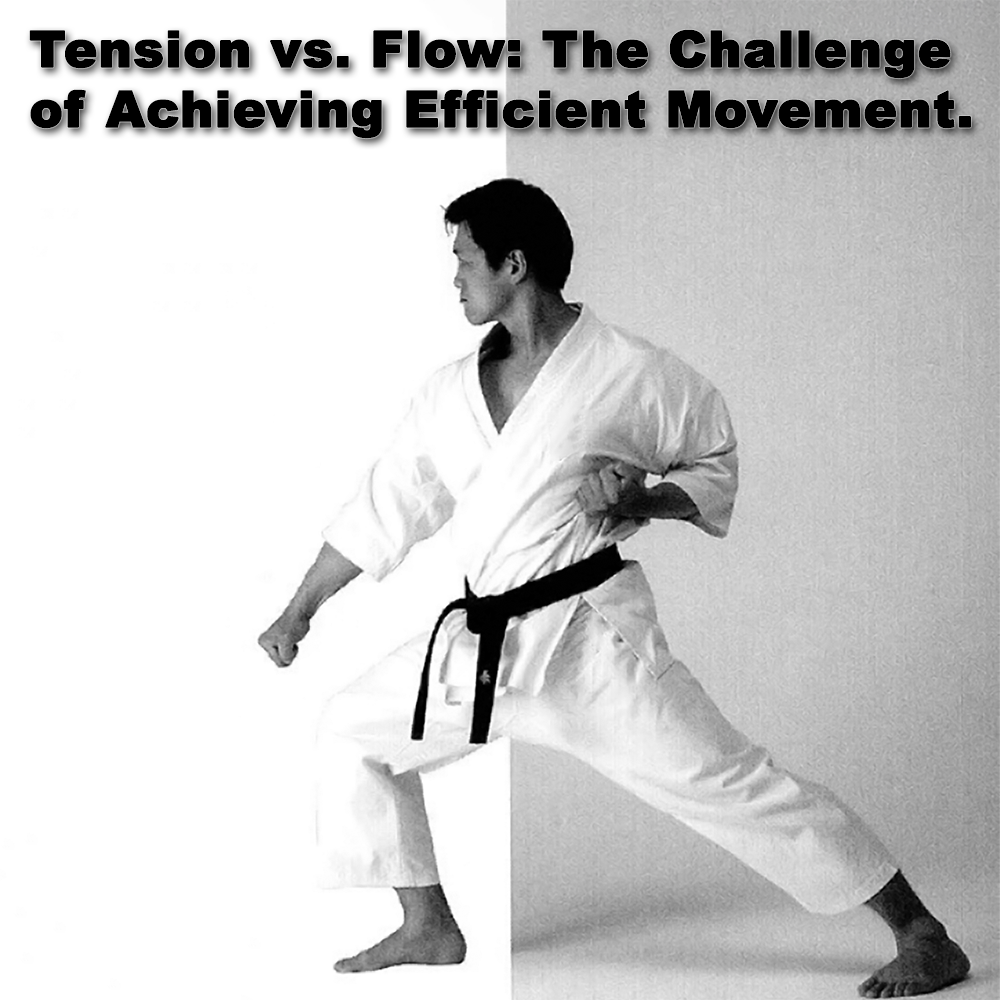
(Approx 2 minute read)
Karate, at its core, is a discipline built on efficiency. It’s about harnessing the body’s natural movements and channeling them into powerful techniques.
.
A student recently remarked while watching me demonstrate a movement, “We have a long way to go.”
.
He was referring to how relaxed I seemed compared to how rigid and tense he felt when performing the same movements.
.
For me, karate has to encompass efficiency of movement. And at the heart of this efficiency lies natural movement. The pioneering masters took advantage of the natural movements and responses of the human body to create many of the techniques we practice today.
.
However, just because a movement feels natural doesn’t mean it’s the most efficient or powerful way to move.
.
For students in the beginning, we break everything down for them into specific movements: this is what your feet do, this is where your hands need to be, this is what your hips do. Now move from here to there, and so on.
.
Breaking things down like this, of course, leads to step-by-step practice. And this step-by-step practice involves motions that are not natural. There would be a problem if people mistook this stage for the end of the process; unfortunately, many do.
.
Step-by-step practice allows people to learn the key points of a given technique, so that eventually they can begin to smooth it out, ideally resulting in a good, flowing technique.
.
Any strike or movement you perform should rely on proper body mechanics that utilize the entire body as a kinetic chain. This chain transfers power efficiently, originating from the ground when we’re rooted, or building momentum through footwork when we’re moving.
.
I view techniques and drills as means to impart a principle. It’s the principle we truly need to learn. We are given the ‘what’ (the technique) so we can learn the ‘why’ (the principle).
.
A principle is different from a technique, as the principle can typically be used to do many things, whereas a technique has a specific purpose.
.
This is why many practitioners often find it difficult to see beyond the technique that’s right in front of them; for example, a ‘Gedan barai’ is often seen simply as a ‘lower block’.
.
If instructors introduce the principle at an earlier stage, it gives the student the whole picture, instead of viewing one technique at a time, step-by-step, which can create the stiffness and tension mentioned earlier.
.
Given a choice, a student will use what feels easiest to accomplish a task. However, if we leave this simply to their natural movements, students will typically use too much tension and almost appear robotic.
.
Over time, we should strive for movements that become natural to us through practice, not necessarily movements that would be considered natural from the beginning. Through repetition, these practiced movements become ingrained and eventually feel effortless….. just like riding a bike.
